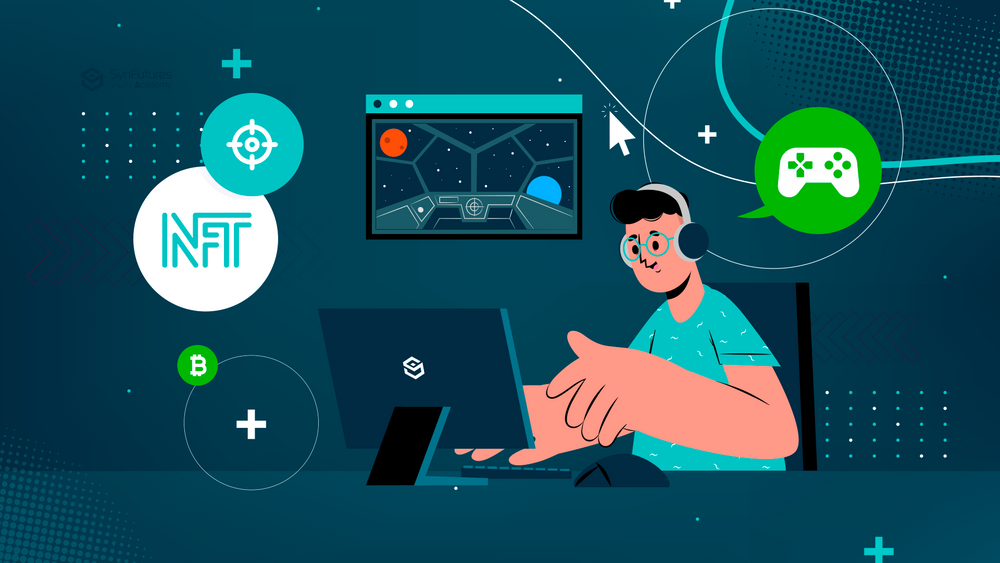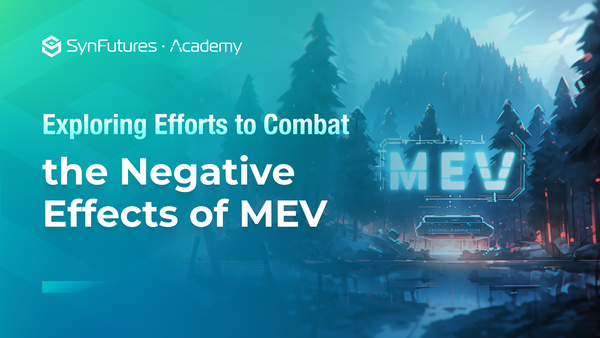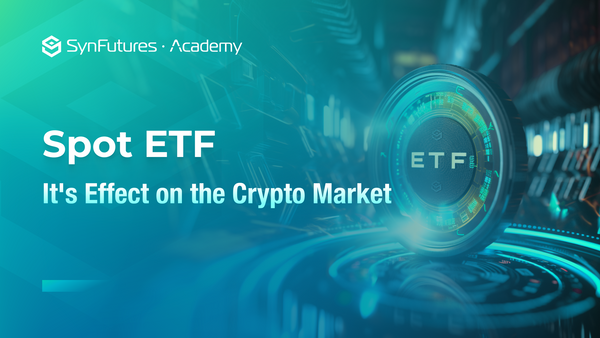An introduction to GameFi and Play-to-Earn (P2E)
Key takeaways:
- GameFi refers to the gamification of financial systems enabled by blockchain technology.
- In essence, GameFi is about monetizing gamers' actions while they play.
- The mechanism of GameFi varies these days, but there are some common themes: play-to-earn, NFTs, and DeFi features.
- This article introduces several top GameFi projects (at the time of writing) and takes a brief look at how the games and economics part of these projects work.
Introduction
Similar to TradFi (traditional finance), CeFi (centralized finance), and DeFi (decentralized finance), GameFi is a fusion of the words “game” and “finance”. More to that, GameFi nowadays is an intersection of gaming, DeFi, and NFT (non-fungible token). First used evidently by Andre Cronje, the founder of Yearn, the word “GameFi” has been used with increasing regularity to describe the gamification of financial systems enabled by blockchain technology.
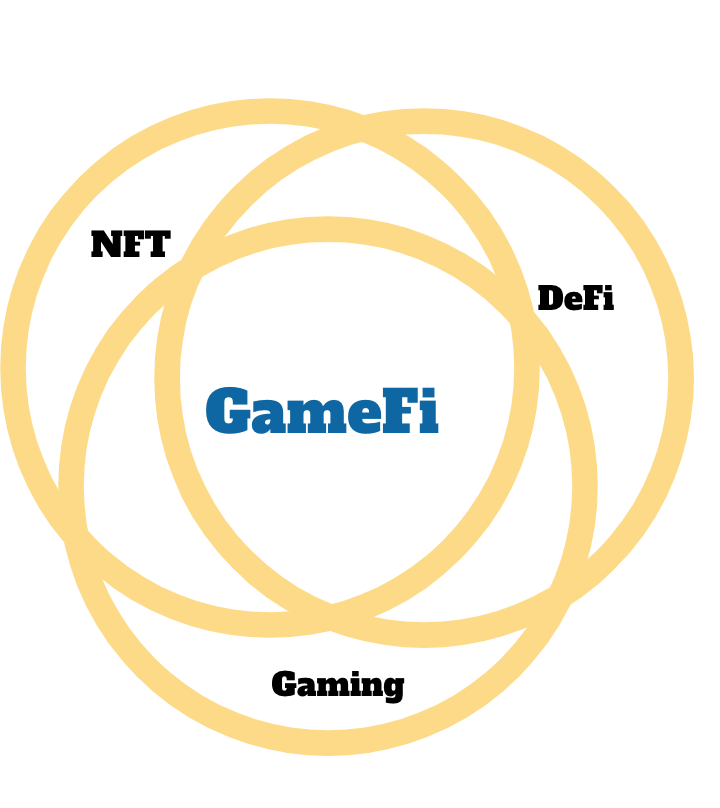
GameFi games run on a distributed ledger, enabling players to have verifiable ownership of the virtual items in games. Unlike traditional video games, where users play-to-win, most GameFi today adopts the play-to-earn model. The play-to-earn model is a significant change in the gaming industry since in traditional games, it is difficult for players to trade their in-game assets outside of the platform. Blockchain-based games proved that players can be rewarded for their skills and hours put into a game.
How do GameFi projects work?
Play-to-earn is an identifying feature for many well-known GameFi projects. However, GameFi nowadays comes in various forms. As such, the mechanisms by which players can generate revenue varies too. There are a few themes worth mentioning, and many popular blockchain games combine the features to monetize gamers' actions.
Play-to-earn
In traditional video games, a player buys in-game items to help themselves get an edge over others. That money goes to the game operators, and the in-game items have no value outside the game environment. The play-to-earn feature of GameFi projects changed the situation. In GameFi games, in-game items such as avatars, costumes, weapons, tokens, pets are represented as NFTs, and gamers acquire these items through playing the games or buying from the game's marketplace. The NFTs can be traded for profit or exchanged for cryptocurrencies. In other cases, players are rewarded with the game’s native tokens, which can be traded for other tokens or cryptocurrencies.

For example, Axie Infinity, one highly popular blockchain game, gives players many choices to monetize their skills and time in their games. Players can earn by:
- Competing in PVP (players-versus-players) battles to win leaderboard prizes.
- Breeding Axies (in-game digital creatures) and selling them on the marketplace.
- Collecting and speculating on rare Axies such as Mystics and Origins.
- Farming for the love potions that are needed to breed Axies. These can be sold on exchanges such as Uniswap and Binance.
In addition, Axie Infinity also rewards the players with AXS, the game’s native token, in cases where the players are:
- Winning battles and tournaments
- Trading on the game’s marketplace
- Taking care of their lands
- Breeding Axies
The play-to-earn feature has been successful in keeping the players incentivized to keep playing more and promoting a healthy and rewarding GameFi ecosystem.
Asset Ownership
The asset ownership of unique assets is central to many blockchain games. NFT technology expanded on blockchain and made ownership verification native. NFT can represent any assets – digital or physical – including in-game items.

Using Axie Infinity as an example again, all the in-game items, including axis, land, and others are represented as NFTs. Players can breed two creatures to create a third creature, a new NFT. They can then leverage a title’s play-to-earn capabilities with this new asset, sell it, or lease it out for other gamers to use, splitting any revenue generated between owners and borrowers.

Metaverse, online virtual worlds, also enables their inhabitants to monetize their time and skills via asset ownership. Owners can monetize their virtual spaces, such as their land, much like what they can do in the physical world. They can choose to sell their lands, or develop an attraction that may generate constant revenue, or lease it out to others. Interestingly, these virtual worlds are starting to see more and more adoptions and economies emerging. For example, Facebook changed its name to Meta, aligning with its focus on the metaverse; Microsoft entered the metaverse race with 3D avatars and immersive meetings recently. With more and more players entering the space, some estimate the virtual economy will surpass the real-world one in the near future.
DeFi features
DeFi concepts like staking, liquidity mining, and yield farming are becoming popular in GameFi games. These are additional ways for players to earn in-game income. Players can stake their assets to earn interest or other rewards, which can be used to buy more in-game items or unlock new levels. In addition, players can loan more assets by collateralizing their owned assets.
Like many DeFi projects, some GameFi projects give voting powers to the members of their DAO (Decentralized Autonomous Organization). DAO members propose project updates and vote on them. For example, Axie Infinity allows its government token AXS holders to participate in key governance votes. Typically, the voting power is directly proportional to the number of governance tokens one holds.
What you need to play
- Create a crypto wallet: Crypto wallet is required to store virtual assets and NFTs, and to make transactions for in-game items. Which wallet you need depends on which blockchain the game is built on and which wallet is compatible with that blockchain. Some wallets, for example, Metamask, will work with any games built on Etherum.
- Connect the wallet: To do so, visit the relevant game’s website. More often than not, the website will have a popup asking to connect your wallet. If not, look for the option to connect. Once connected, you could start playing if the game does not require starter items.
- Acquire starter items: Some GameFi games are free to download and play, making them more accessible than traditional ones, but many require the player to own one or more in-game assets to get started. These assets could be the game’s native tokens, characters, creatures, decks of cards, etc. These assets could be bought on an exchange or through the game itself.
Top GameFi protocols
GameFi has gained a massive userbase in the blockchain space and is rapidly evolving out of the proof-of-concept phase into prime time. While the top performers will continue to evolve as more games hit the market, a few have gained vast popularity. This section introduces a few of the top performers at the time of writing (Nov. 2021).
Axie Infinity
Axie Infinity is a digital pet universe where players battle, raise, and trade fantasy creatures called Axies. As mentioned in the previous Play-to-Earn section, players get rewarded in multiple ways, including letting their pet battle, breeding Axies, collecting and speculating on rare species, and farming.
Players are rewarded with Smooth Love Potion (SLP) tokens, the platform’s currency, which they collect and use to enhance their pets’ attributes, purchase new ones, or convert to fiat currencies.
Axie also issued its government token AXS. AXS holders are able to claim rewards when they stake their tokens, play the game, and participate in key governance votes. Players are rewarded with AXS when they play various games and through user-generated content initiatives.
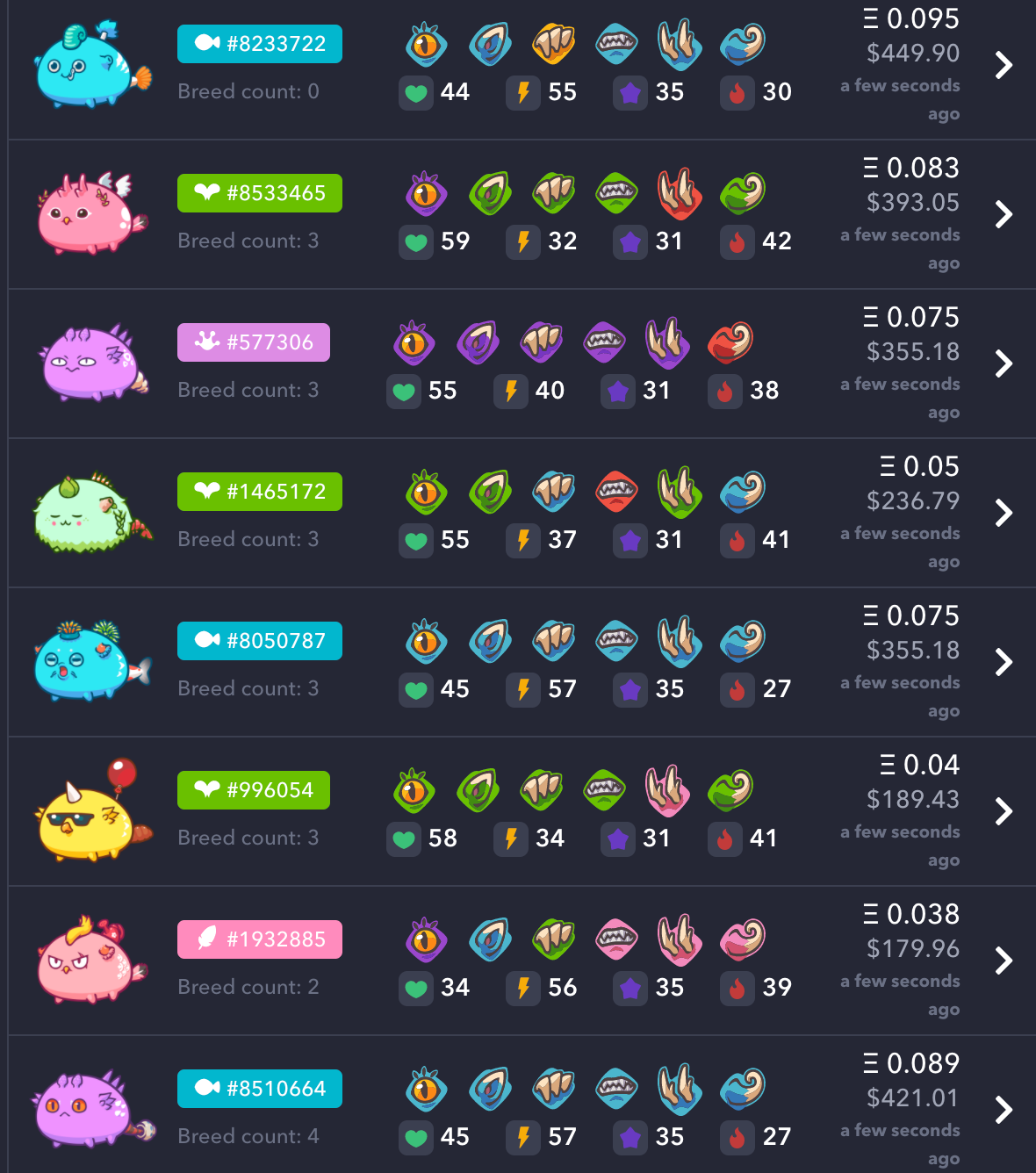
Please note: users need to have at least 3 Axies to get started. As of writing, the cheapest Axie cost about $150. If you don't want or can't afford to invest out of your own pocket, you might consider Yield Guild Game, a holding company for GameFi NFTs.
Yield Guild Game (YGG)
YGG is a Decentralized Autonomous Organization (DAO) that invests in NFTs used in NFT-based games and virtual worlds. The primary revenue of the YGG comes from leveraging its NFT assets via a rental program where guild members utilize the assets in exchange for a portion of the in-game rewards going directly to YGG.
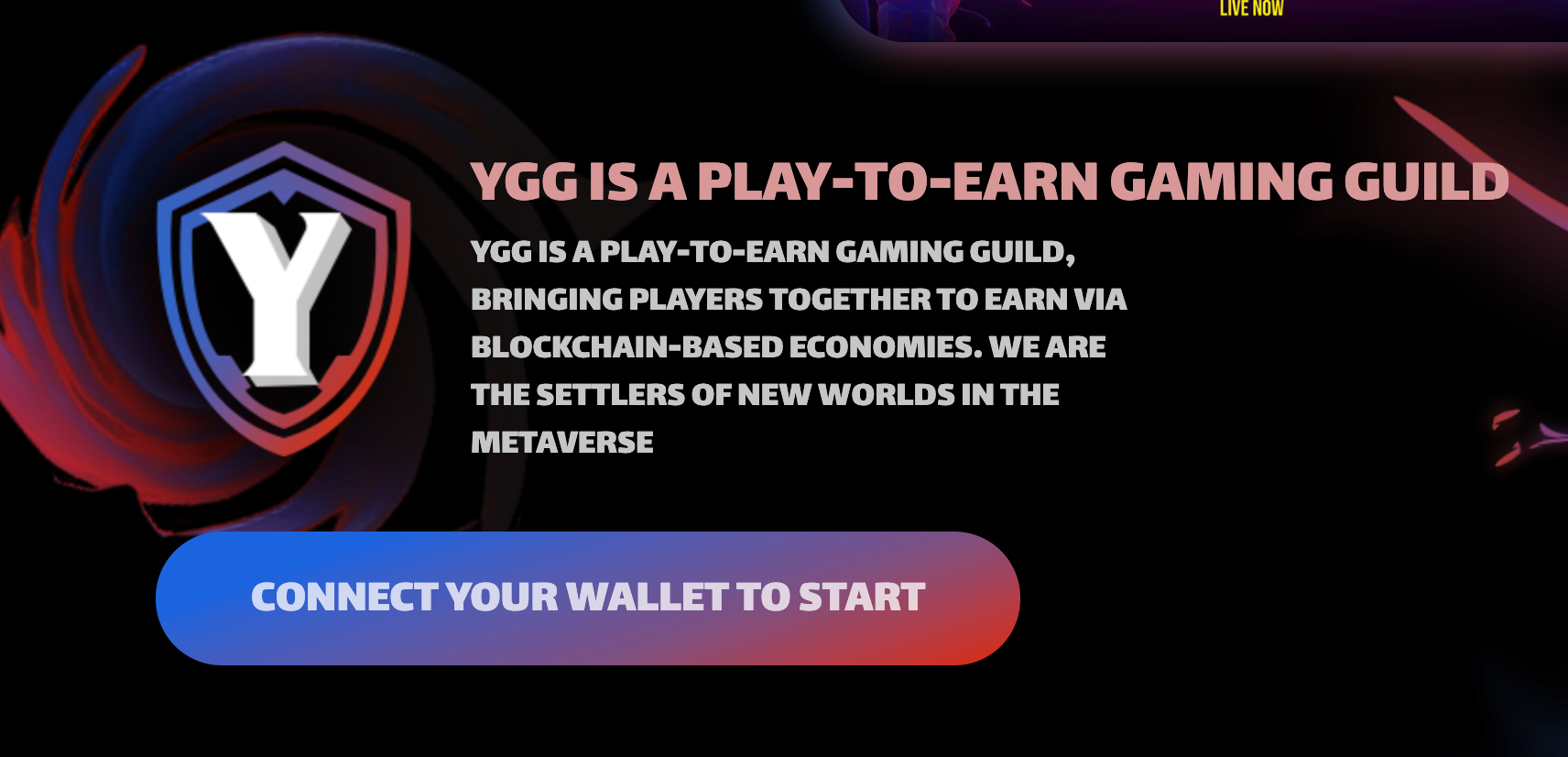
Think of YGG as a financial institution for gamers. Gamers can borrow in-game NFTs to get started with a game and pay interest later on. In the example of Axie Infinity, a user can borrow 3 Axies from YGG to start playing. When the user starts making and selling their own Axies, YGG will take 30% of the earnings. Their loaning business model is called Scholarship Program, which was created with the target group to be those who can't afford the upfront cost to get started in GameFi.
YGG was founded at the end of 2020, with the majority of its asset being Axies. As more NFT-based games popularize, YGG has been diversifying its asset holdings continuously. As of writing, YGG offers assets in most major GameFi games, which include but not limited to: Axies, Axie land, Embersword (City Land), Huild of Guardians (Guilds), Star Atlas, Splinterlands, Cometh Spaceships, LOK land, F1 Delta Time Common Crate.
Splinterlands
Splinterlands is a collectible card game built on the Hive blockchain where players can trade, buy or sell digital assets to gain in-game rewards. In the game, players fight against monsters to get in-game rewards.
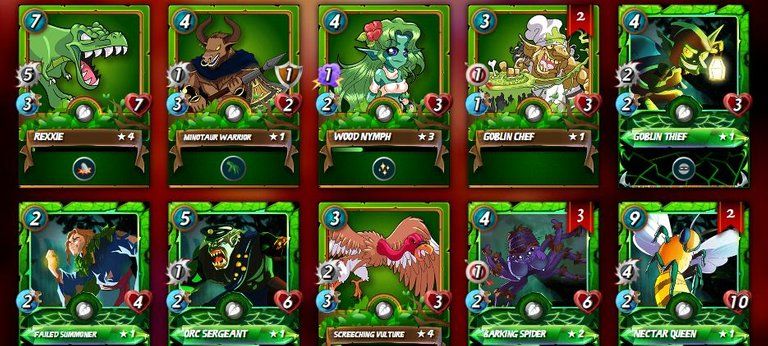
What unique about Splinterlands is that it offers the feature of cross-compatibility with other blockchains including Tron, Ethereum, and WAX. Another unique point is that the game has its own blockchain, which provides in-game stability and frequent upgrades to the card trading game.
The Sandbox
Originally developed by game studio Pixowl and released in 2012, The Sandbox is a sandbox game for mobile phones (iOS and Android) and Windows. The game provides users with tools to create their own non-linear game, commonly known as a "sandbox mode". The players craft their own universe through the exploration of resources such as water, soil, lightning, lava, sand, glass, and many more complex elements such as humans, wildlife, and mechanical contraptions.

The game was acquired by Animoca Brands and relaunched as an NFT-powered metaverse game on Ethereum blockchain in 2021. Players can create digital assets as NFTs, and upload them to the game's marketplace, or use them to create a game experience using The Sandbox Game Maker.
The Sandbox has a utility token SAND that is used throughout the game ecosystem as the basis of transactions and interactions. SAND can also be staked and used as the governance token.
Want more? Check out our deep dive into NFTs.
Investing in NFTs? Get early access to NFTures, the world’s first derivatives product that enables users to take long or short positions in individual NFTs like CryptoPunks, Art Blocks, and Bored Ape Yacht Club, or a basket of NFTs comprised of multiple assets.
Disclaimer: SynFutures Academy does not guarantee the reliability of the site content and shall not be held liable for any errors, omissions, or inaccuracies. The opinions and views expressed in any SynFutures Academy article are solely those of the author(s) and do not reflect the opinions of SynFutures. The SynFutures Academy articles are for educational purposes or information only. SynFutures Academy has no relationship to the projects mentioned in the articles, and there is no endorsement for these projects. The information provided on the site does not constitute an endorsement of any of the products and services discussed or investment, financial, or trading advice. A qualified professional should be consulted prior to making financial decisions.

